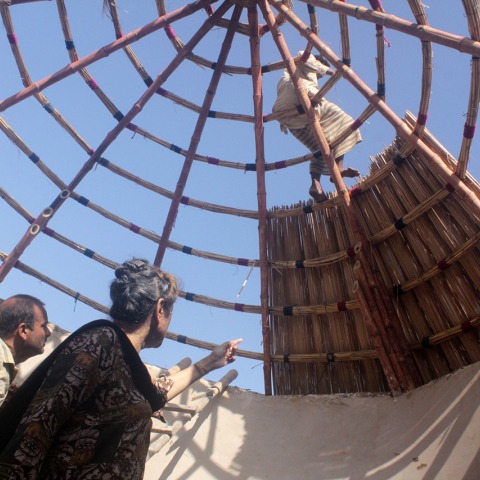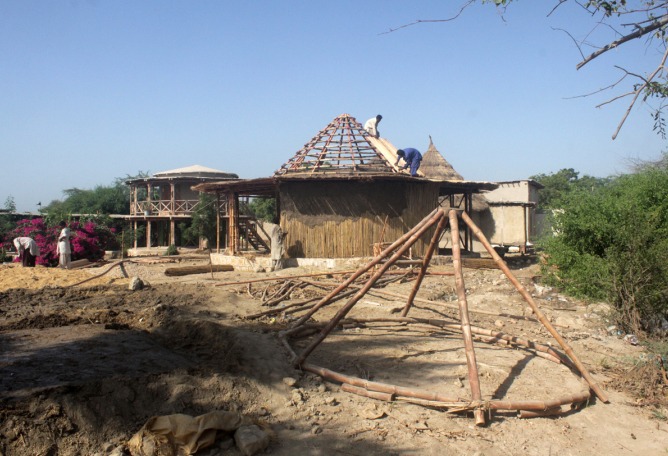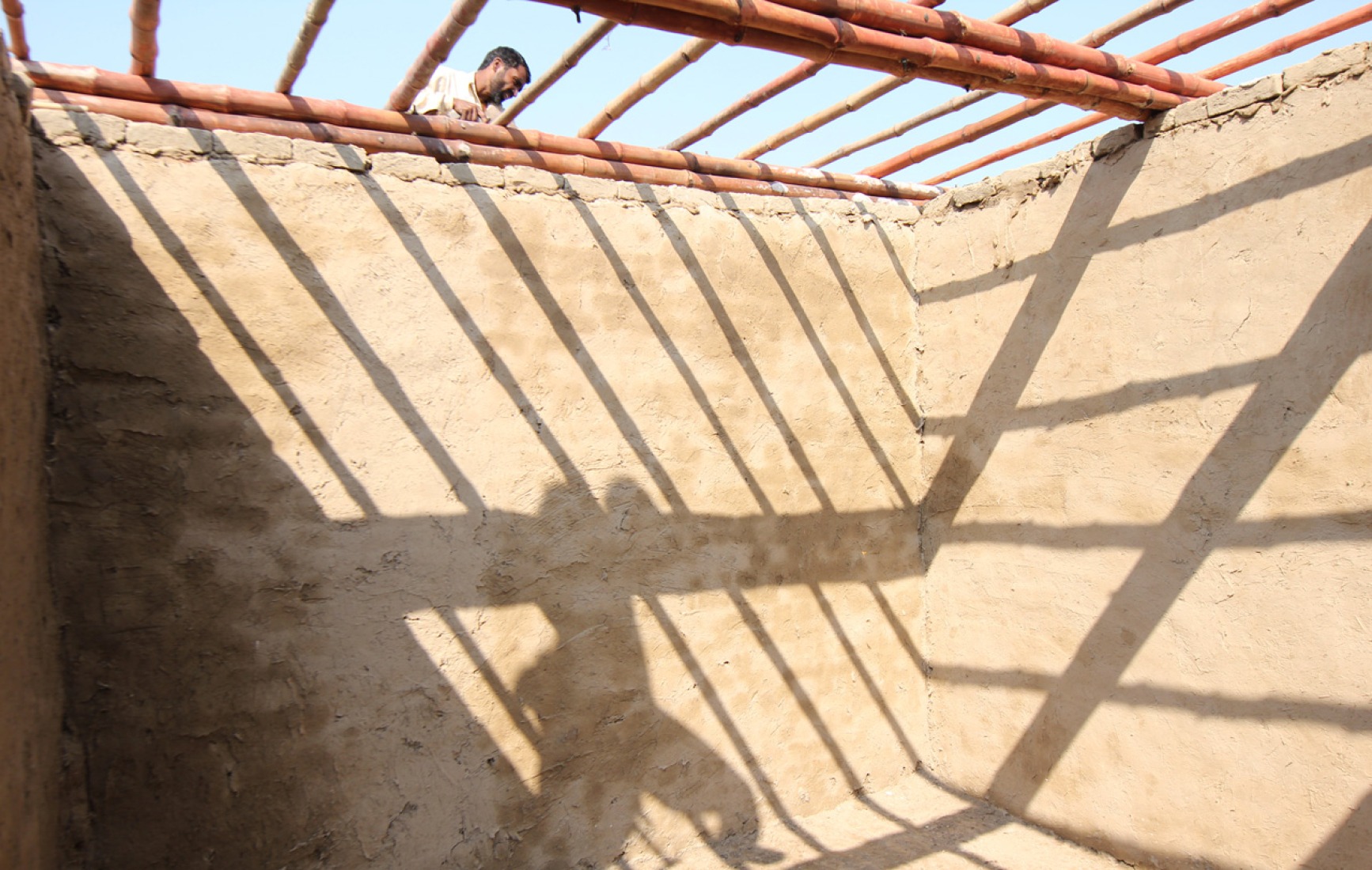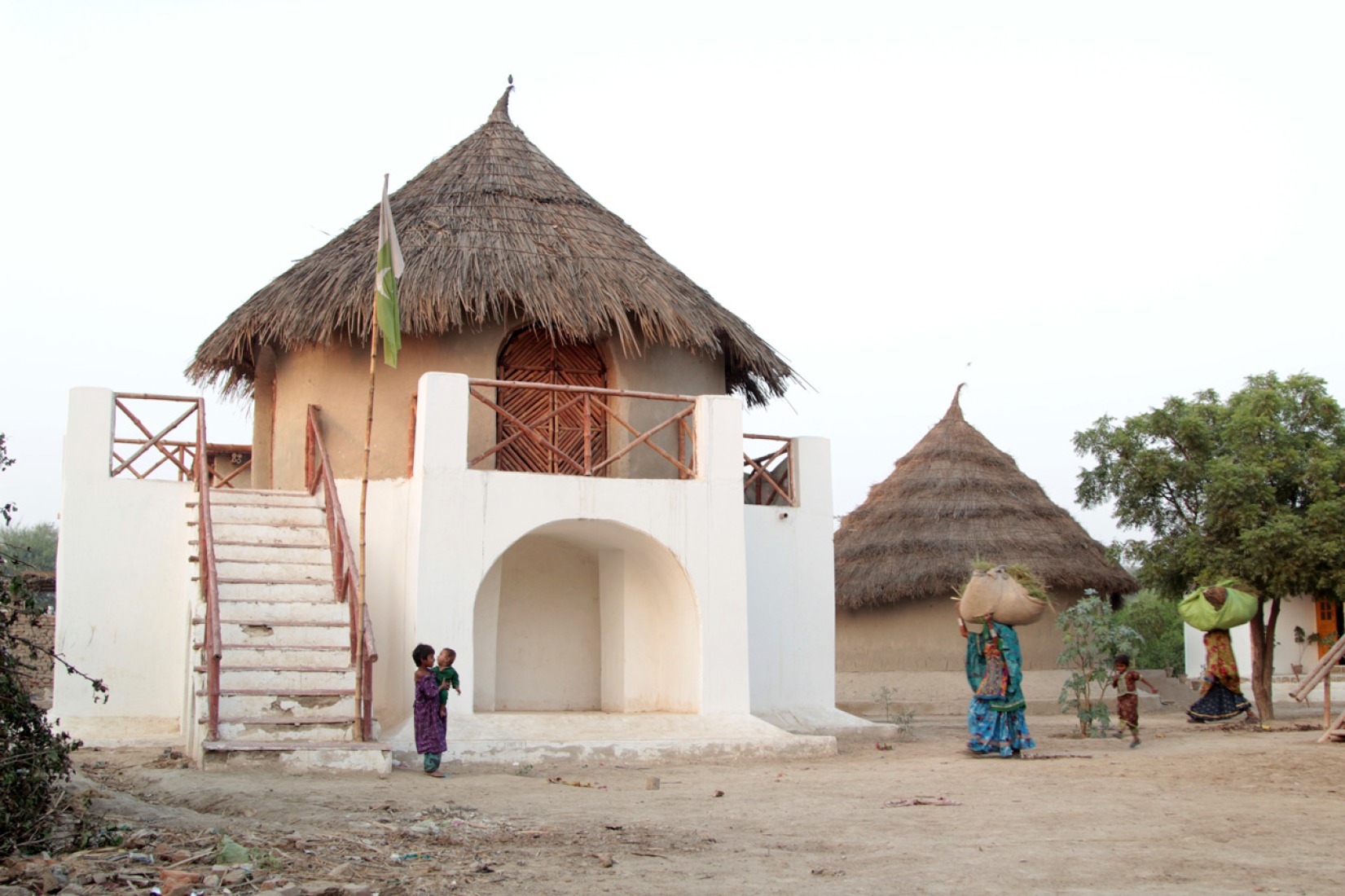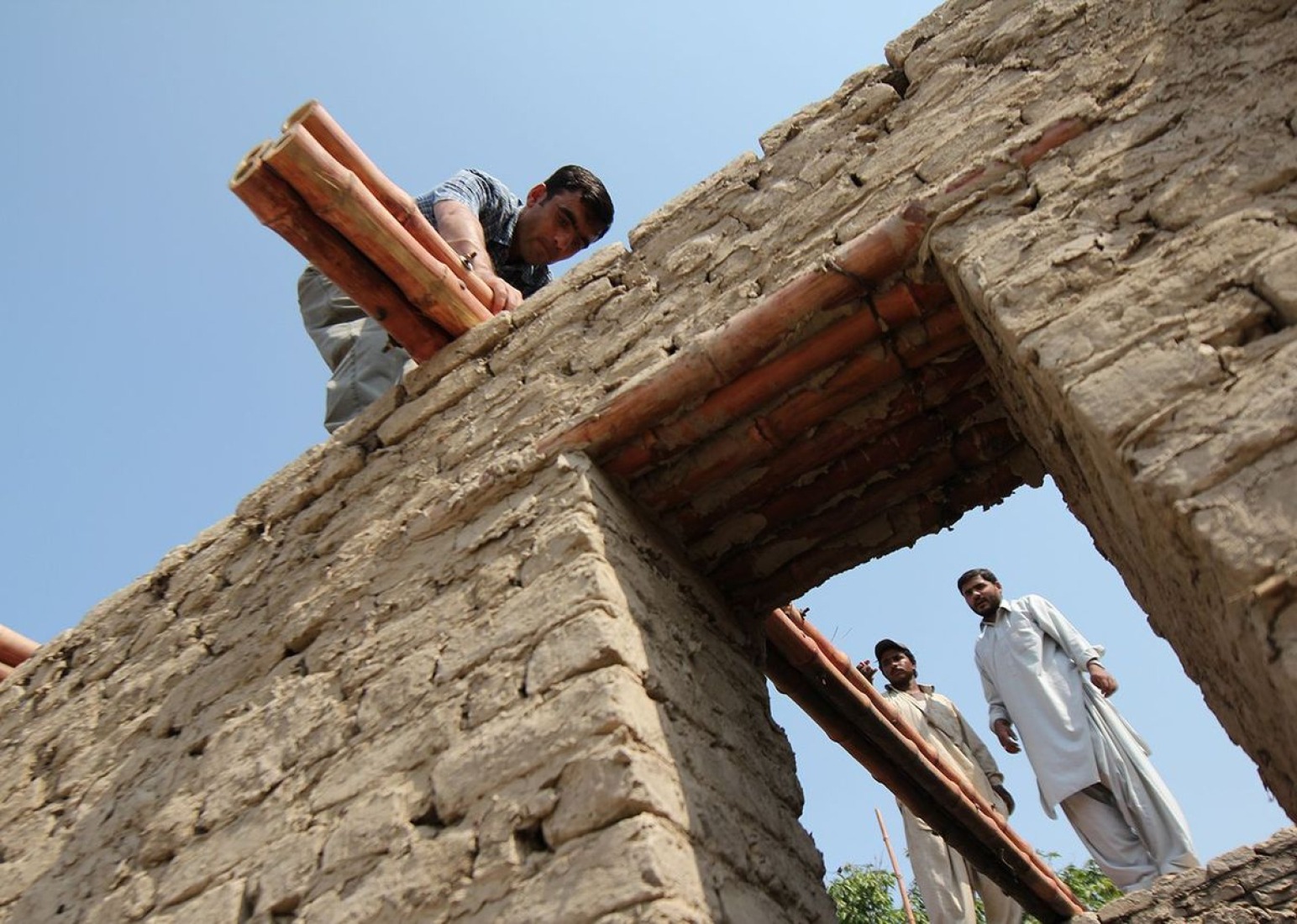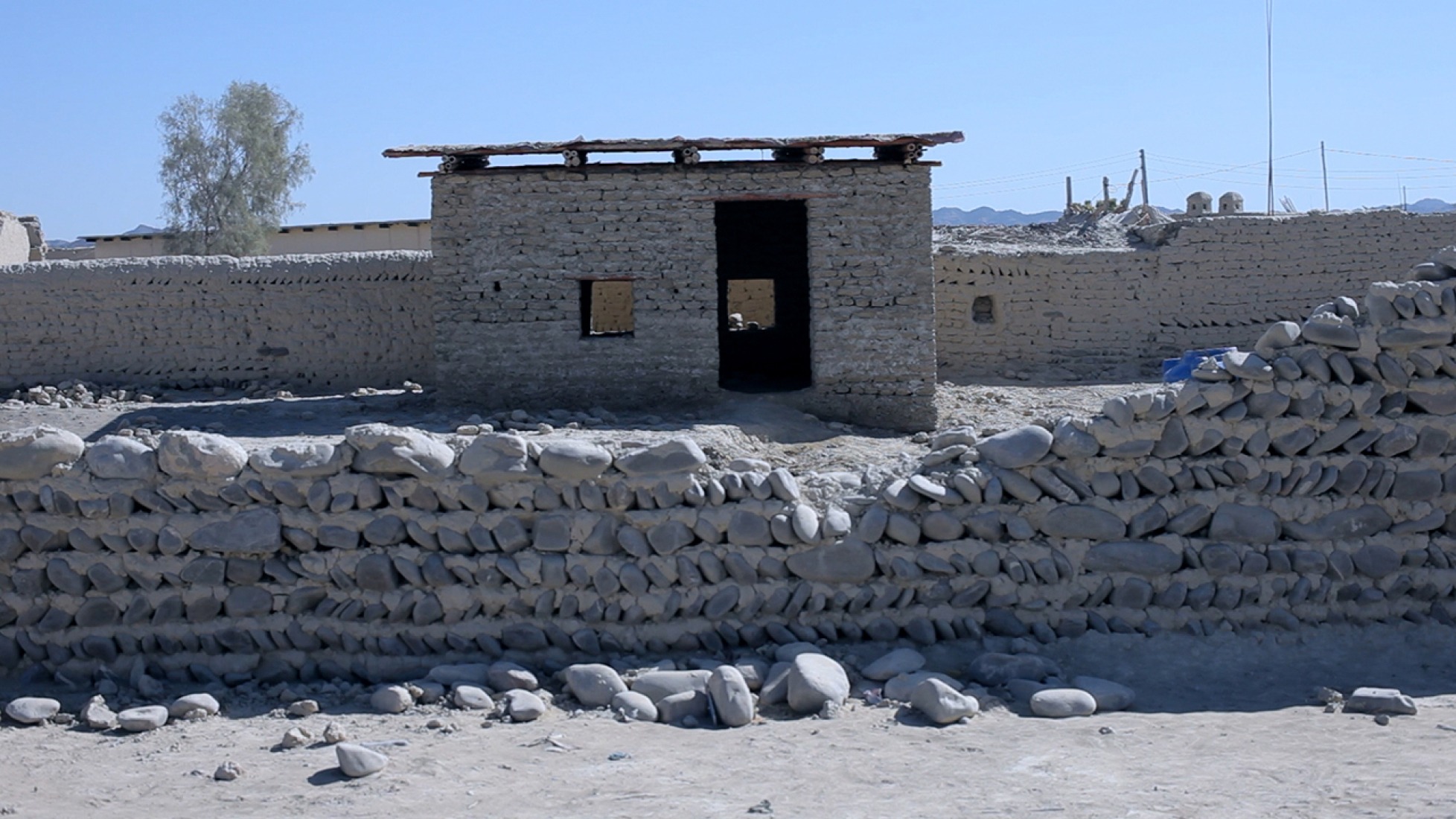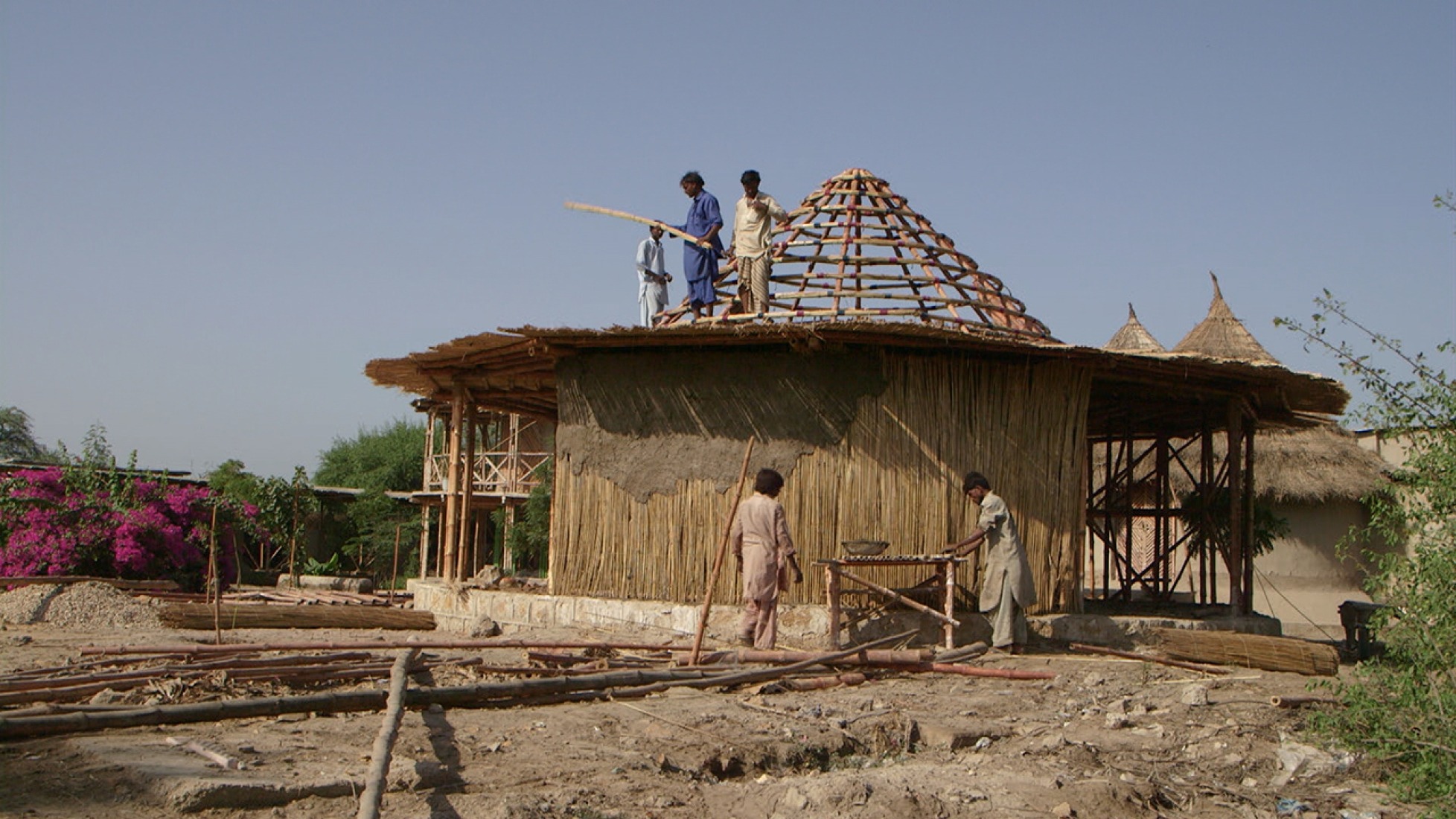Pakistani architect Yasmeen Lari uses local building techniques to rebuild villages in the flood-stricken Sindh region.
Yasmeen Lari: 'On the road to self-reliance'
Pakistan's first female architect is one of the most successful providers of disaster relief shelters in the world.
Shunning the structurally weak, mass-produced houses offered by international organisations, Lari uses vernacular techniques and local materials such as lime and bamboo. Her houses have a tiny carbon footprint and are simple enough for people to build themselves. With this, she hopes to demonstrate the role that architecture can play in humanitarian aid.
"I often tell my colleagues, let us not treat disaster-affected households as destitute, needing handouts ... but with dignity," she says.
Lari once built giant concrete and steel buildings for clients like the Pakistani State Oil company. But when disaster struck in 2005, she turned to traditional techniques to design flood and earthquake proof buildings for people in remote regions.
She returns to the Sindh region to see how her homes survived the 2013 floods and helps villagers in Awaran after the 2013 Balochistan earthquake.
Filmmaker's view
By Faiza Ahmad Khan
Just a week before I left for Pakistan to film this documentary, the chief minister of my home state Rajasthan in India (which, incidentally, borders Sindh, the part of Pakistan that I was about to visit), pledged that within the next two years, there would be not a single mud house left standing in the state.
For many years the central government in India has already had a programme in place, which gives those in rural areas a sum of money to replace their traditional mud houses with brick and cement structures. Traditional is seen as poor and inferior and the fast track to "development" cannot, God forbid, be lined with mud and thatch houses. More here.
Rebel Architecture is a six-part documentary series profiling architects who are using design as a form of activism and resistance to tackle the world's urban, environmental and social crises.
The series follows architects from Vietnam, Nigeria, Spain, Pakistan, Israel/Occupied West Bank and Brazil who believe architecture can do more than iconic towers and luxury flats - turning away from elite "starchitecture" to design for the majority.
